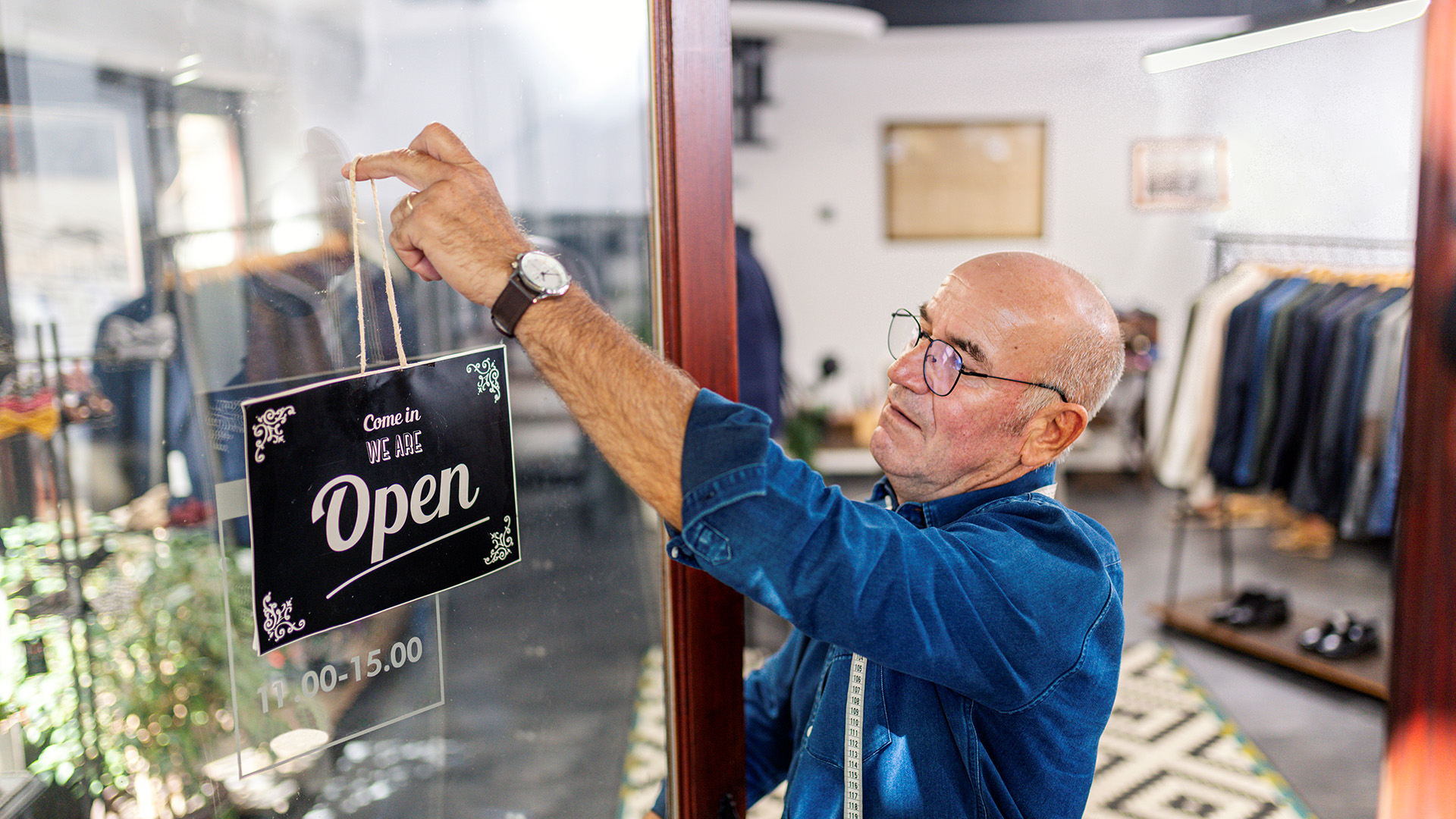Money and Being Your Own Boss Are Top Motivators for Owning a Business
The United States has a storied legacy of business successes, from tycoons and titans of industry to Main Street “mom and pop” shops. What draws these people to business ownership and how do they succeed?
The top reasons cited by business owners, according to the 2023 U.S. Census Bureau’s Annual Business Survey (ABS): to make more money and be their own boss.
Nearly half (49.3%) of respondents were first-time business owners and over a third (35.9%) had a second business that was still operational.
Surveyed in 2022, many respondents were first-time owners, had purchased or launched their business since the turn of the 21st century and the majority used financing to meet their operating expenses.
The ABS surveys employer businesses (those with at least one paid employee). It uses their responses to produce data on the who, what, where, when and why of American businesses and their owners (the comparisons and rankings in this report exclude data that were suppressed for not meeting publication standards).
Why Own a Business?
Wanting to be their own boss (62.3%) and have greater income (62.1%) were respondents’ two most chosen “very important” reasons for owning their business in 2022, the latest year for which stats are available (with no statistically significant difference between them).
Compared to ABS data from 2021, only one reason was statistically different: “couldn’t find a job”. More respondents cited that reason in 2022 (7.4%) than in 2021 (7.0%).
Buying In
More than half of employer businesses (57.2%) were acquired after 1999, according to the 2023 ABS, which references data from 2022.
Over one third (35.2%) of employer businesses were acquired between 2010 and 2019, and one fifth (20.7%) between 2000 and 2009. Only 1.3% of businesses were acquired in 2022.
Data in this article pertaining to the first year of business ownership, status of the owners’ previous business, and reasons for owning a business are from respondent business owners only and do not represent the total sample.
Where and by Whom
Nearly half (49.3%) of respondents were first-time business owners and over a third (35.9%) had a second business that was still operational.
Most (60.6%) businesses surveyed had one owner whether they were in an urban (61.4%) or rural (57.7%) area (the difference was not statistically significant).
The only significant difference was that rural businesses (39.2%) were more likely than their urban counterparts (34.0%) to have two to four owners.
But there was no statistically significant difference between the share of these rural businesses (39.2%) and those whose geography was unknown but had the same number of owners (37.4%).
Meeting Operating Expenses
While most respondents reported they used financing to cover operating expenses (62.0%), a large share also used it to expand, pursue new opportunities or buy assets (40.7%).
Some 41.9% of respondents said they were “not that concerned” about their business’s financial health; 39.5% were “somewhat concerned” and 18.5% said they were “very concerned.”
The ABS Methodology page provides information about confidentiality, and sampling and nonsampling error for the 2023 ABS.
Related Statistics
Subscribe
Our email newsletter is sent out on the day we publish a story. Get an alert directly in your inbox to read, share and blog about our newest stories.
Contact our Public Information Office for media inquiries or interviews.
-
Business and EconomyWho Owns America’s Businesses?January 04, 2023The 2021 Annual Business Survey shows Hispanic business ownership is on the rise.
-
Business and EconomyMost U.S. Businesses Have Only One OwnerNovember 21, 2024More than half of U.S. businesses had one owner from 2017 to 2021 and women-owned were more likely than male-owned businesses to have a single owner.
-
VeteransA Profile of the Nation’s Veteran-Owned BusinessesNovember 07, 2024Most recent Census Bureau data show the Professional, Scientific and Technical Services sector had the largest share of veteran-owned businesses.
-
Business and EconomyRevenue and Employment Trends Reveal Shifts in U.S. EconomyDecember 30, 2025Revenue and employment losses in select retail industries continued, while online sales brokers and local delivery boomed.
-
EmploymentThe Stories Behind Census Numbers in 2025December 22, 2025A year-end review of America Counts stories on everything from families and housing to business and income.
-
Families and Living ArrangementsMore First-Time Moms Live With an Unmarried PartnerDecember 16, 2025About a quarter of all first-time mothers were cohabiting at the time of childbirth in the early 2020s. College-educated moms were more likely to be married.
-
Business and EconomyState Governments Parlay Sports Betting Into Tax WindfallDecember 10, 2025Total state-level sports betting tax revenues has increased 382% since the third quarter of 2021, when data collection began.






